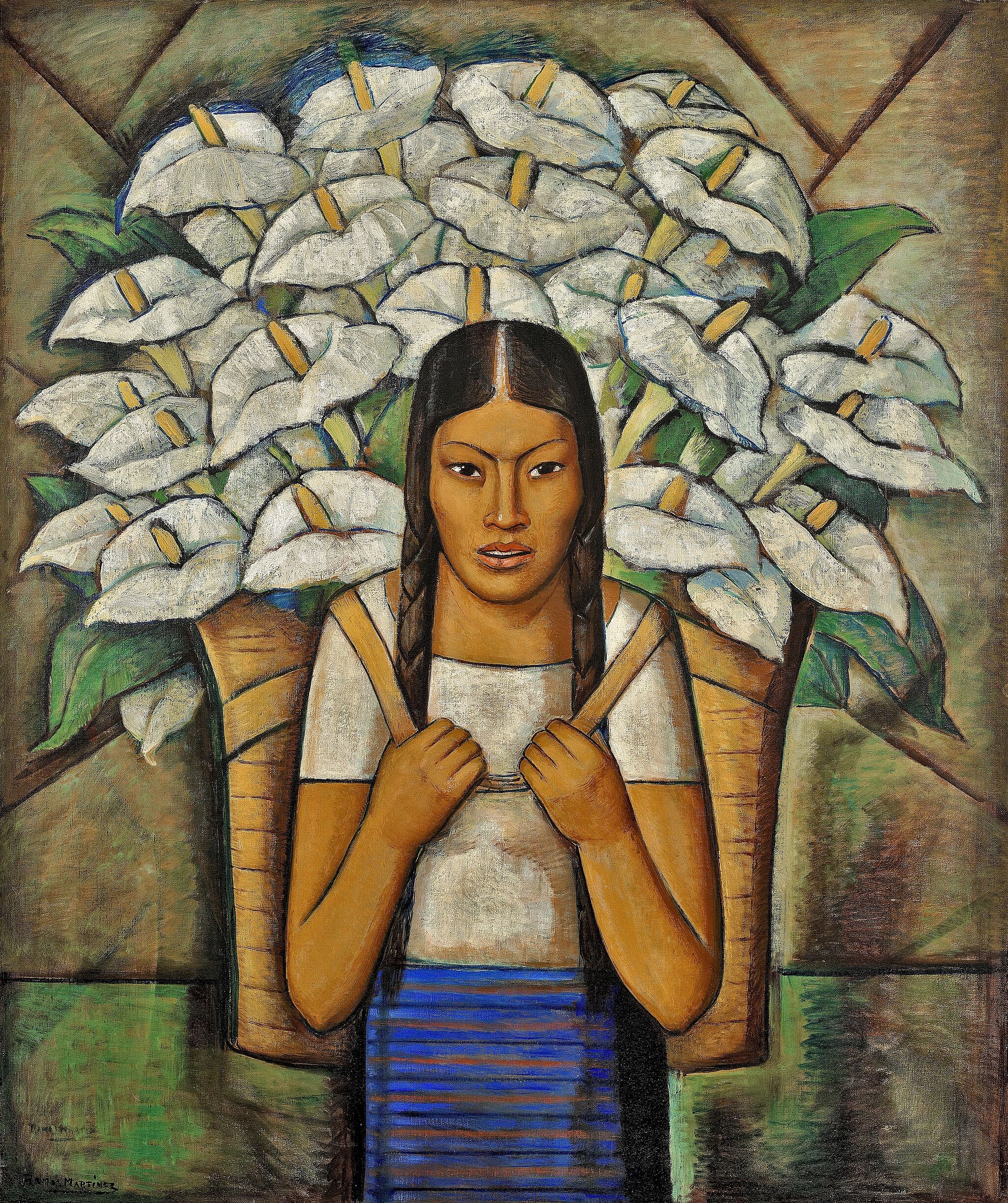Edward Weston
1886–1958
An innovator who created some of the most enduring photographic images of the twentieth century, Edward Weston was a leader in transitioning art photography from soft-focused Pictorialism to a sharp- focused modernism. In 1932, to distinguish their unique brand of “straight photography” from that of their contemporaries, he and his circle of San Francisco Bay Area photographers—including, among others, Imogen Cunningham—formed Group f.64, named for their preferred camera setting, which places foreground and background in focus simultaneously.
Capturing images of nudes and the sand dunes at Oceano, California, as well as the rocky terrain around Point Lobos near his Carmel residence with this characteristic resolution of detail and depth of field, Weston became identified most closely with the American West, whose landscapes he documented on travels he made throughout the region. “The camera,” Weston once noted, “should be used for a recording of life, for rendering the very substance and quintessence of the thing itself, whether it be polished steel or palpitating flesh.”
Weston’s 1929–33 close-ups of vegetables isolated against black backgrounds are among his most well- known photographs. Without any guide to scale or contextual clues, the subject of his quintessential image Cabbage Leaf can be interpreted as ripples of sand or draped fabric. Likewise, his nudes, sand dunes, sweeping landscapes, and coastal scenes, with their classic forms, abstract shapes, and underlying sensuality, illuminate ambiguities and point to the interchangeability of subject matter, whereby vegetables can be read as animals or minerals. Lush detail, dynamic contrasts of light and shadow, and exquisite compositions shot directly from life are Weston’s signature elements, which also set the standards for the genre.
Introduction
Edward Henry Weston (March 24, 1886 – January 1, 1958) was an American photographer. He has been called "one of the most innovative and influential American photographers" and "one of the masters of 20th century photography." Over the course of his 40-year career Weston photographed an increasingly expansive set of subjects, including landscapes, still lifes, nudes, portraits, genre scenes, and even whimsical parodies. It is said that he developed a "quintessentially American, and especially Californian, approach to modern photography" because of his focus on the people and places of the American West. In 1937 Weston was the first photographer to receive a Guggenheim Fellowship, and over the next two years he produced nearly 1,400 negatives using his 8 × 10 view camera. Some of his most famous photographs were taken of the trees and rocks at Point Lobos, California, near where he lived for many years.
Weston was born in Chicago and moved to California when he was 21. He knew he wanted to be a photographer from an early age, and initially his work was typical of the soft focus pictorialism that was popular at the time. Within a few years, however he abandoned that style and went on to be one of the foremost champions of highly detailed photographic images.
In 1947 he was diagnosed with Parkinson's disease and he soon stopped photographing. He spent the remaining ten years of his life overseeing the printing of more than 1,000 of his most famous images.
Wikidata identifier
Q346988
Information from Wikipedia, made available under the Creative Commons Attribution-ShareAlike License . Accessed December 18, 2025.
Introduction
Noted for innovative photographs of California, Mexico, portraits, industry, and abstract organic forms, including human figures, shells, and plants. Weston took his first photographs with a box camera in 1902. In 1906 he moved to California; was an itinerant portraitist. From 1908 to 1911. He traveled to Mexico, New York City, and Ohio, where he made his first industrial photographs. Weston worked for a commercial portrait studio in Los Angeles, in his own studio in Tropico (now Glendale) California, in Mexico City with Tina Modotti, with his son Brett in San Francisco, in Carmel, California, and in Santa Monica, California. Weston was a co-founder of the Group f/64 in 1932. American photographer.
Country of birth
United States
Roles
Artist, owner, painter, photographer
ULAN identifier
500003372
Names
Edward Weston, Edward Henry Weston
Information from the Getty Research Institute's Union List of Artist Names ® (ULAN), made available under the ODC Attribution License. Accessed December 18, 2025.


